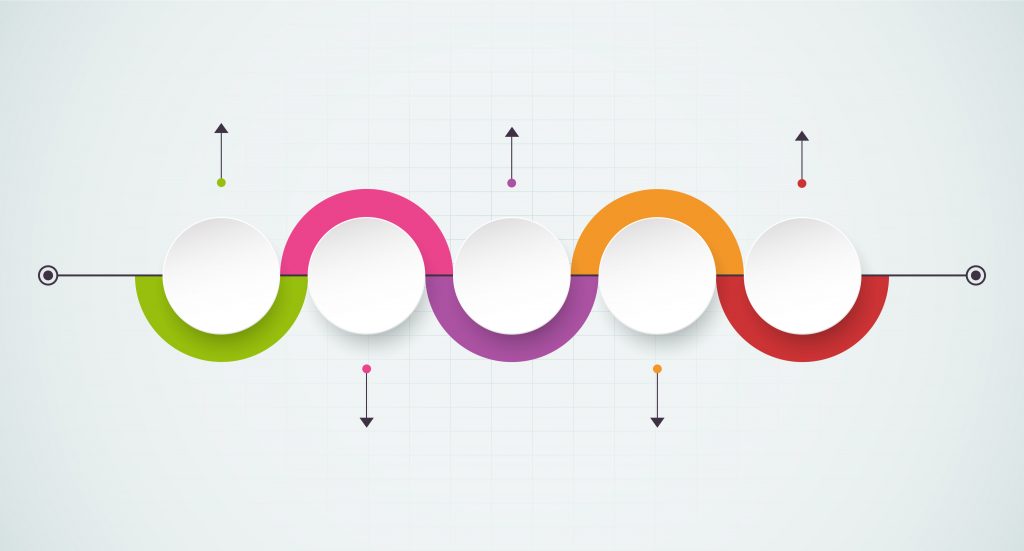
Businesses evolve, and so do supply chains. However, without clear objectives or plans to move business forward, employees and management alike will be stuck in confusing messes, and then having to pick up the pieces later.
That’s why having management workflows and flowcharts allow supply chains to work consistently from start to finish – from manufacturing to product delivery. This article will show you both concepts, and how beneficial they are to supply chain companies.
Supply Chain Management Workflows
“Supply chain management workflows are types of flowcharts that show detailed and specific actions needed to complete product delivery,” says Maya Gardener, a project manager at Elite assignment help and UK Writings. “Normally, actions consist of material management, product manufacturing, inventory management, order fulfillment, product delivery, and so on. These actions ensure that a product reaches the client or customer. And, with these workflows, supply chains can get the job done.”
Flowcharts
A process flowchart often serves as an effective way to visualise what a business needs to do to get the job done (i.e., tasks, completed jobs, supplies, etc.). Though, flowcharts can be for any business, aside from supply chains. Regardless, businesses can benefit from using flowcharts for strategic day-to-day operations.
Typical Processes In Supply Chain Management
When it comes to phases that make up the supply chain management process, they can all benefit from the use of workflows and flowcharts. To understand the benefits of using workflows and flowcharts, lets look at each stage of supply chain management:
- Procurement, the first stage of the supply chain process, is when companies buy raw materials or goods from suppliers. Workflows and flowcharts can help with mitigation (i.e., redundant vendor research), and even streamline purchase order creation.
- Material management is the acquisition, inspection, and storage of raw materials used in the manufacturing process. Workflows can increase first pass yield, while reducing inspection errors and scrap rates.
- Manufacturing and production happen in the middle of the supply chain process. Flowcharts help reduce lead times, while increasing the uptime and use of machinery.
- Order management is when supply chains collect, validate, and submit information on customer orders. Flowcharts help companies document key steps in this part of the process, which helps them avoid errors.
- Distribution, the final stage of the supply chain process, consists of inventory and warehouse management, and the final delivery of goods/products to consumers. Flowcharts help improve inventory location accuracy, reduce shrinkage, and mitigate order picking errors.
The Benefits Of Flowcharts
As mentioned, flowcharts have their benefits for supply chains. The following are such benefits:
- Help potential vendors demonstrate their products by using your process as a guide for how to show functionality.
- Break down contract negotiations to where they’re drafted and double-checked before they reach the table.
- Allow for easier implementation of vendors, as they start their configurations, thus reducing the time and cost of doing so.
Key Information To Include
“There are many online tools that people can use to create flowcharts,” says Susie Walters, a business writer at Revieweal and OX Essays. “Using online tools like Asana and Monday allow you to create business-based flowcharts in little time. These tools also let you share and modify flowcharts when necessary.”
With that said, regardless of which online tools you and your company use, here are some information to include in your flowcharts:
- Swim lanes are what each department of your supply chain should have. Swim lanes help identify integrations needed.
- Tasks are also essential to workflows and flowcharts, because they have the input and output for each step in the process. Place each task in the swim lane of who should perform them.
- Decision trees are diamond-shaped structures that help show each decision or approval made within the process. They also show the outcomes for those decisions or approvals.
Getting Started
As you can see, workflows and flowcharts can be implemented with ease. Unless you’re a large supply chain that may need to hire a third-party consultant to help you implement workflows and flowcharts into your supply chain management, it doesn’t take much for anyone or any team in your business to start a workflow or a flowchart. In fact, your team can start with a simple whiteboard to create a workflow or flowchart. Whiteboards are easier to do this on, because they allow you to edit and re-edit, expand, and collaborate with other team members.
Either way – with a third-party vendor’s help, or on your own – workflows and flowcharts can help keep your company on track.
Conclusion
Ultimately, workflows and flowcharts are extremely beneficial in supply chain management. When you and your team map out ideas and tasks, business will run smoother, thus making manufacturing easier, and product distribution quick and efficient. That means less stress, less production errors, lower supply chain costs, and less time wasted.
By referring to this quick guide, your supply chain will be in good hands, as you implement workflows and flowcharts to your supply chain management.
Christina Lee is a marketing manager and freelance consultant at Law essay service and Lia Help. She writes about marketing news and trends for small and big businesses alike and posts over at websites like Online assignment help and others.

https://www.chetu.com/supply-chain-management.php
